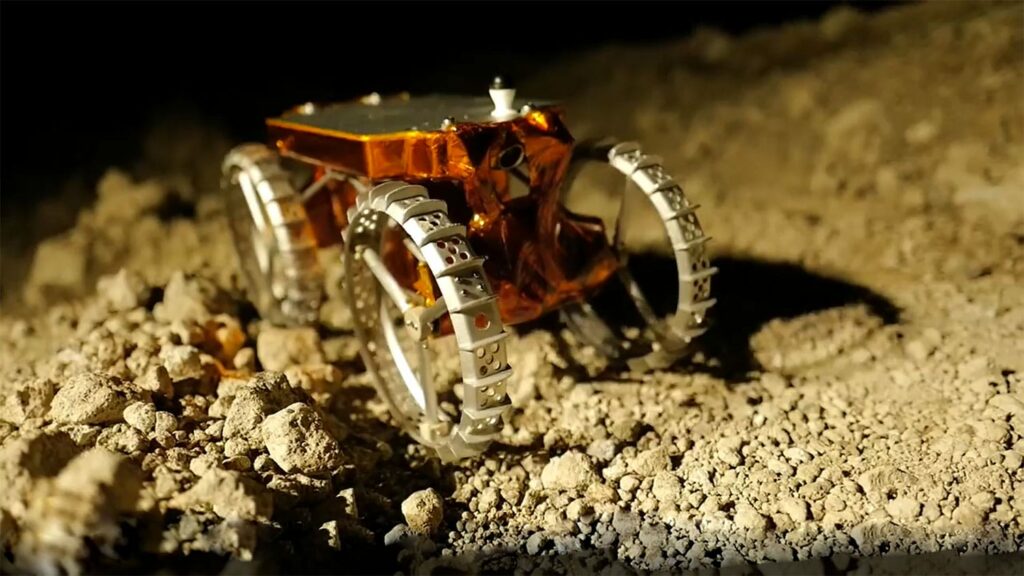Astrobotic has won a NASA contract to send an experimental CubeRover to the Moon. The spacecraft will have to demonstrate the ability to survive an overnight stay on the lunar surface and then continue its scientific program.

Most commercial lunar missions currently under development are designed to operate for one lunar day (approximately 14 Earth days). This is due to the fact that after sunset, the temperature on the Moon drops to -130 °C (and even lower at its poles). To survive the lunar night, the spacecraft needs a separate heating system. For example, in Soviet and Chinese lunar rovers, radioisotope heaters were used for this.
To solve this problem, Astrobotic has developed the concept of the CubeRover — a small wheeled vehicle that can withstand an overnight stay on the lunar surface and then continue working. In addition to the extended working time, an important feature of the project is the modular approach. The goal of the developers is to repeat the success of the CubeRover satellite platform and create a standardized planetoid that could be adapted to solve different tasks.
On August 24, Astrobotic announced the receipt of a NASA contract for the construction of the CubeRover. It was issued as part of the SBIR (Small Business Innovative Research) program. The company has not yet disclosed the value of the transaction.
According to Astrobotic, the CubeRover will be ready for launch in 2025. At the moment, the company has two contracts for the delivery of cargo to the Moon, issued under the CARS (Commercial Lunar Payload Services) program. The first mission will be launched at the end of this, early next year. The launch of the second Astrobotic lunar mission, in which it will deliver the VIPER rover to the south Pole, was recently postponed to the end of 2024.
According to https://spacenews.com
Follow us on Twitter to get the most interesting space news in time
https://twitter.com/ust_magazine

